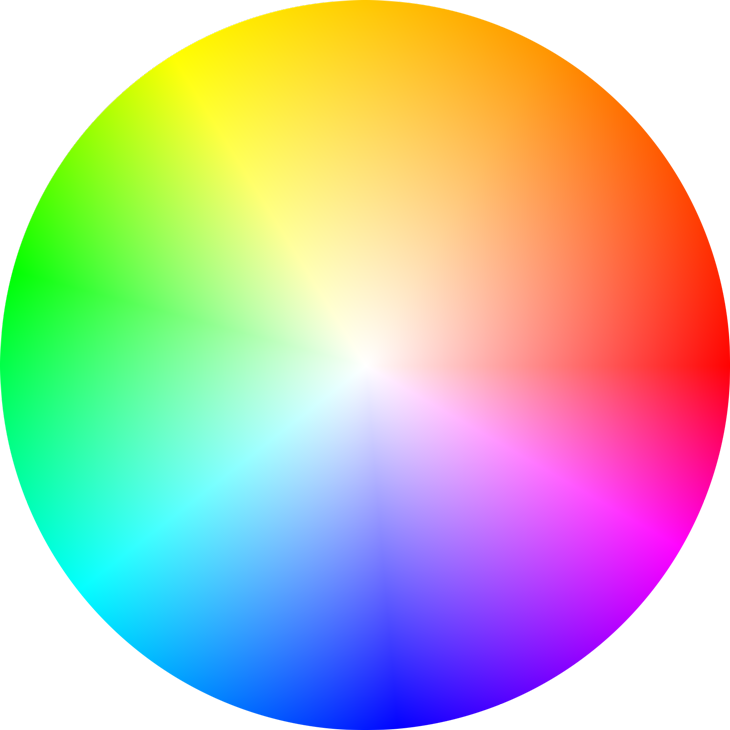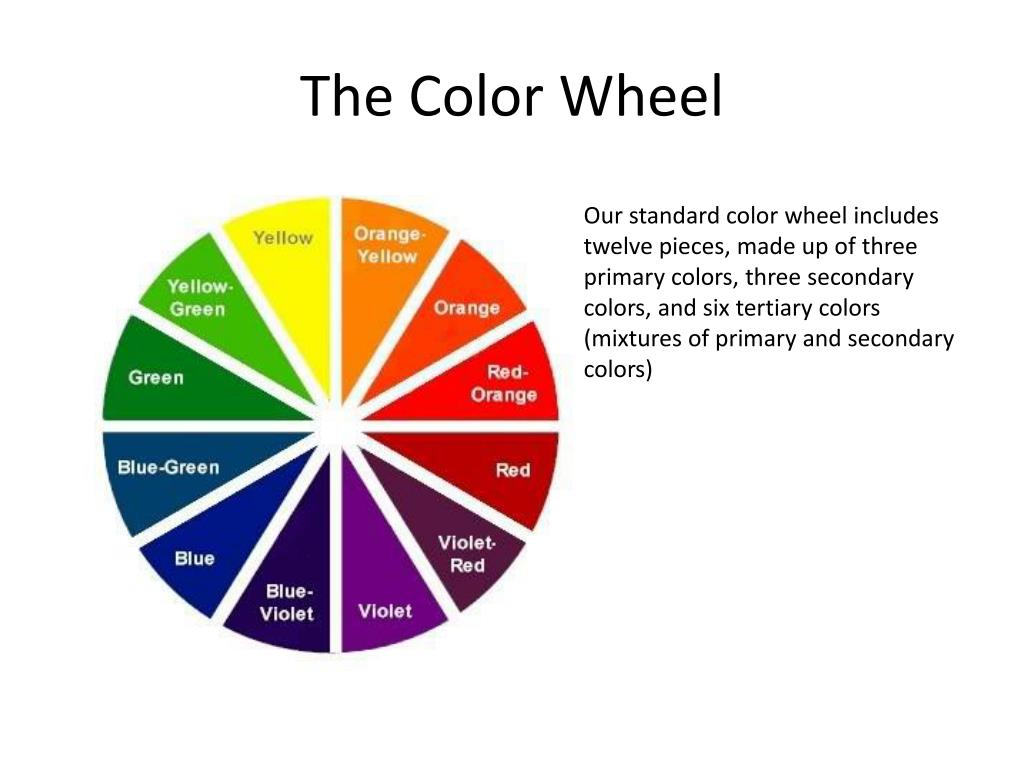

Art paintings likely share common statistical regulations in color distributions, which may be the basis for the universality and superiority of the preference for original paintings.Ī scientific approach to the aesthetic experience began with Gustave Fechner’s work on the golden section hypothesis 1 and was followed by numerous contributions from psychological, neuroaesthetic, and theoretical studies.

Rather, the original paintings’ general trend in color statistics influenced hue-angle preference. Therefore, the original paintings’ superiority regarding preference was quite robust, and the specific objects in the paintings associated with a particular color played only a limited role. Furthermore, the original paintings’ superiority was observed when the images were divided into small square pieces and their positions randomized (Scrambled condition), and when the images were composed of square pieces collected from different art paintings and composed as patchwork images (Patchwork condition). Despite observers’ being unfamiliar with the presented artwork, the original paintings (0 degrees) were preferred more frequently than the hue-rotated ones. In the experiment, observers were asked to select their preferred image from original and three hue-rotated images in a four-alternative forced choice paradigm. We examined observers’ preferences for the color composition of Japanese and Occidental paintings when their color gamut was rotated. Color composition in paintings is a critical factor affecting observers’ aesthetic judgments.


 0 kommentar(er)
0 kommentar(er)
